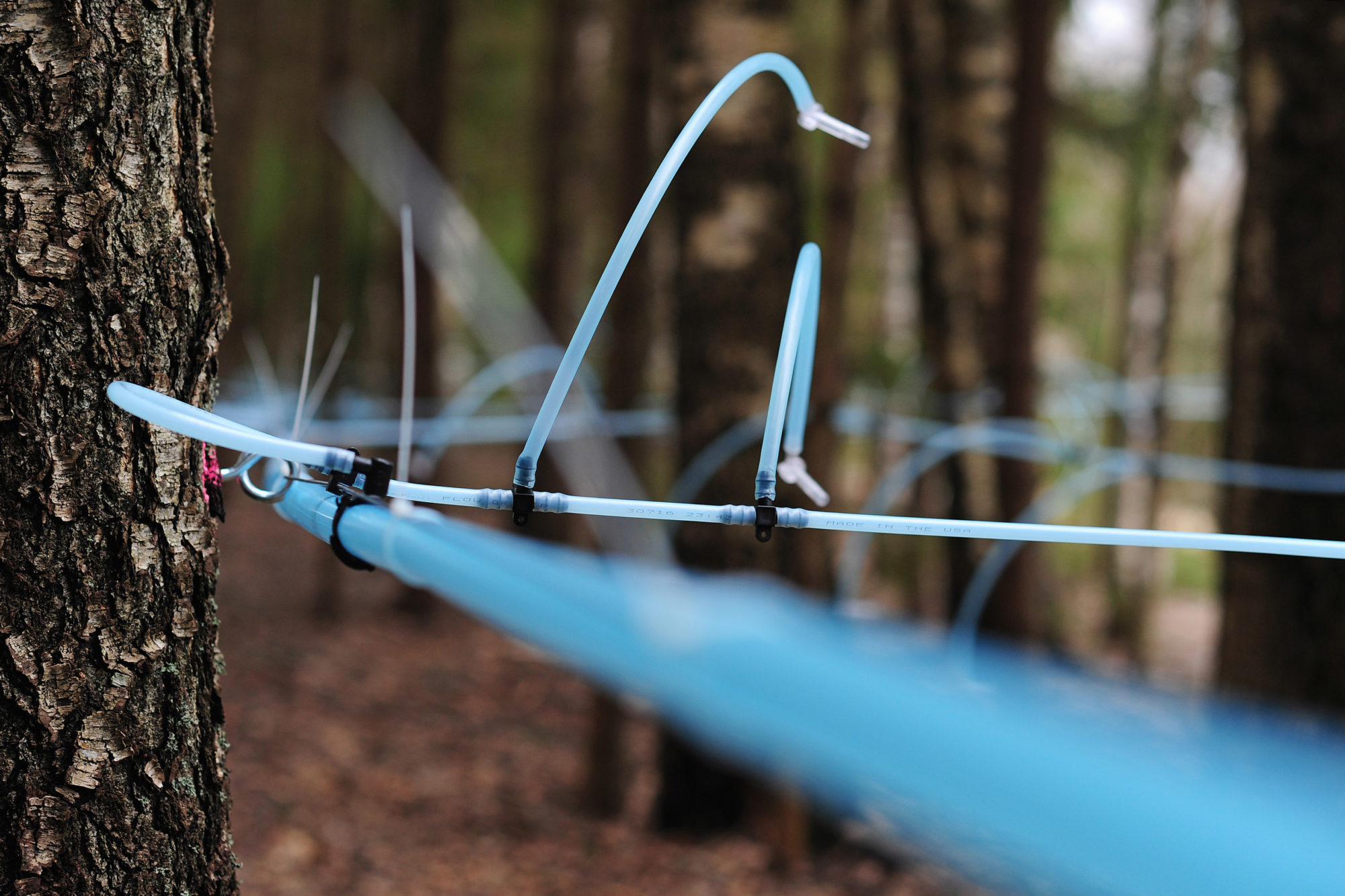

Tallinn, November 14, 2016.
Birch sap fermentation
Possibilities for birch sap fermentation
Birch sap is traditionally used as a refreshing beverage in the springtime in northern Europe. Without any additional processing the storage time of the birch sap is relatively short, therefore fermentation of birch sap is common. Before the use of pasteurization and other possibilities for increasing storage time, the main means of preserving birch sap was through fermentation. The most common fermentation for birch sap was wild fermentation. This means that birch sap is fermented by the bacteria and yeast that are naturally present in the birch sap – microorganisms come from tree bark, collecting tubes and containers, air etc. Therefore, the microflora of birch sap is specific to collecting environment.
Wild fermentation is something that people tend to think of as more natural than fermentation with selected microorganism. In fact, that is not the case. Wild fermentation means that fermentation is conducted by microorganisms that are already in the product. This means that without specific analysis, it is unknown what kind of microorganisms are in our product and who will conduct the fermentation. Therefore, it is hard to predict what kind of quality the end product will have. Wild fermentation can give a product of very high quality as well as a product of very low quality. Therefore, wild fermentation is common only in craft beverage industries that have small production volumes and who can afford “losing” small batches. Producers who aim for high and continuous quality use starter cultures: specific microorganisms selected from nature. Before the availability of specific bacteria and yeast as starter cultures, different additives were used as a starter culture source. For example raisins, fruit juice, grains, bark etc.
Center of Food and Fermentation Technologies conducted research together with Nopri Mahlad OÜ to measure the bacteria naturally occurring in birch juice and some traditional fermented birch sap drinks to find the best starters for fermented birch sap. The results from metagenomics analysis showed a clear difference between wild fermentation and fermentation with traditional starters. Results obtained from this study helped to find the best lactic acid bacteria and the best yeast for the fermentation of birch sap: metagenomics results were correlated with sensory analysis. These findings will be used in the further production of fermented birch sap by Nopri Mahlad OÜ to have the fermented birch sap with highest possible sensory quality.
Microbiota of fermented birch sap and health claims
Metagenomics analysis of birch saps showed that birch sap contains different microorganisms and many of them have a probiotic effect according to the literature. The fermentation of birch sap increases the quantity of different microorganisms and probiotics: therefore fermented birch sap can be classified as a probiotic drink that contains different lactic acid bacteria. The popularity of probiotic/functional products is wide and although there are many products available, most of them are dairy-based products: this means they are not suitable for individuals who are lactose intolerant or have a milk protein allergy or are on cholesterol-restricted diets. In addition vegetarianism and veganism are becoming more and more widespread. Thus the development of non-dairy-based functional/probiotic products has been in the spotlight during recent years. Fermented birch sap drinks are one of the best options to produce the non-dairy-based probiotic beverage.
Although the wild fermentation or fermentation with traditional starter materials mentioned before could enrich fermented beverages with probiotic bacteria, the use of health claims, in this case, is not allowed without human clinical studies. As wild fermentation varies a lot, it is impossible to have legal health claim for such product. The use of specific starter culture with proven health claim would allow producing a fermented beverage that can be labeled with health claims. This means that the specific microorganism strain is used for fermentation in addition to microorganisms which are already in the birch sap naturally.
Composition of fermented birch sap
The chemical composition of fermented birch sap is rather similar to the chemical composition of starter material with one important difference: sugars are converted mainly to lactic acid and/or ethanol. If the lactic acid bacteria are used as starter culture, then the main component is lactic acid. If yeast is used as starter culture, then the main component is ethanol, although there is also lactic acid present because usually the birch sap is not pasteurized before the fermentation that means there is also some lactic acid produced during the fermentation. As the initial sugar content of birch sap is relatively low, the maximum alcohol content of fermented birch sap could be approx. 0.5%Vol, but usually it is much lower.
The fermented birch sap has no sugars if the fermentation is complete. This means that the beverage has almost no calories: only organic acids give a few calories to the drink. The claim “sugar-free” is also suitable for the product if fermentation completion is confirmed with residual sugar analysis.
References
- Svanberg I., Sõukand R., Łuczaj Ł., Kalle R., Zyryanova O., Dénes A., et al. Uses of tree saps in northern and eastern parts of Europe, Acta Soc. Bot. Pol., 2012, 81(4), 343–357
- Semjonovs, P., Denina, I., Fomina, A., Patetko, A., Auzina, L., Upite, D., Upitis, A. & Danilevics, A. Development of birch (Betula pendula Roth.) sap based probiotic fermented beverage, International Food Research Journal, 2014, 21(5), 1763-1767.
Rain Kuldjärv,
Project leader, Center of Food and Fermentation Technologies
Ph.D. student, Tallinn University of Technology
|
Center of Food and |
Akadeemia tee 15A, |
Phone: +372 640 8200 |

